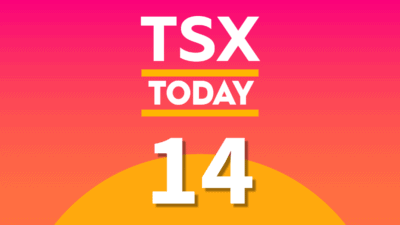There is a considerable amount of uncertainty with Potash Corporation of Saskatchewan Inc. (TSX:POT)(NYSE:POT). Many investors are questioning whether the company is going to be able to support its 7.56% yield or if it will be cutting the dividend.
Breaking down the different aspects of the market that Potash Corp. is working with should help lead to a conclusion about the viability of the dividend and the company’s long-term prospects.
Market demand
The good news for Potash Corp. is that demand for potash around the world is strong. In 2014 shipments reached 60 million tonnes and 2015 shipments are expected to be about the same, if not a little lower.
The bad news is that there remains a considerable oversupply in the fertilizer market, resulting in a drop in prices. So, while demand might be 60 million tonnes, the cost per tonne has been dropping.
There’s an expectation by some analysts that the price of potash and nitrogen–two of the main ingredients Potash Corp. produces–will remain depressed for some time.
Financials
The drop in price has hurt the company some from a financial perspective. Its Q3 2015 earnings were $282 million, or $0.34. Of the $358 million it had in operating cash flow for the quarter, it spent $333 million on capital projects.
On the surface, that’s perfectly fine, but then we look at the 7.56% yield. In Q3 it had to pay $313 million in dividends. In other words, in a quarter where operating cash flow was only $358 million, Potash Corp. was responsible for $646 million. Fortunately, it had a surplus $449 million in cash from the previous quarter.
Investments ending
One of the good things that Potash Corp. has going for it is the fact that it has been finishing up an extensive investment strategy. In 2003 the company started this plan, which would cost $8.4 billion. The goal was to increase production, so the company could take more of the market. And it worked. Production increased to 18 million tonnes.
However, now that these investments are winding down, the operating cash flow can be redirected into the dividend if need be.
Dividend depends on price
In the short term, I don’t have much concern about whether or not Potash Corp. will be able to pay its dividend. It pays $0.50 per quarter to investors and spends over $1 billion a year in dividends. As can be seen in the financials and the investments, so long as operating cash flow remains in the range that it has right now, the dividend should be fine.
However, if the price of potash were to continue to drop, even by just $10-20 per tonne, that could affect the company’s ability to pay its dividend. One opportunity that could keep the dividend going through a sustained glut in potash pricing is Potash Corp.’s line of credit. The company only has $3.7 billion in debt, so this strategy wouldn’t be detrimental to the company.
Right now, I think investors should consider a small position in the company. The yield should be fine for another year. And if potash prices start to turn around, this stock could see a significant boost in value rather quickly. Start small and increase your position with the growth.








